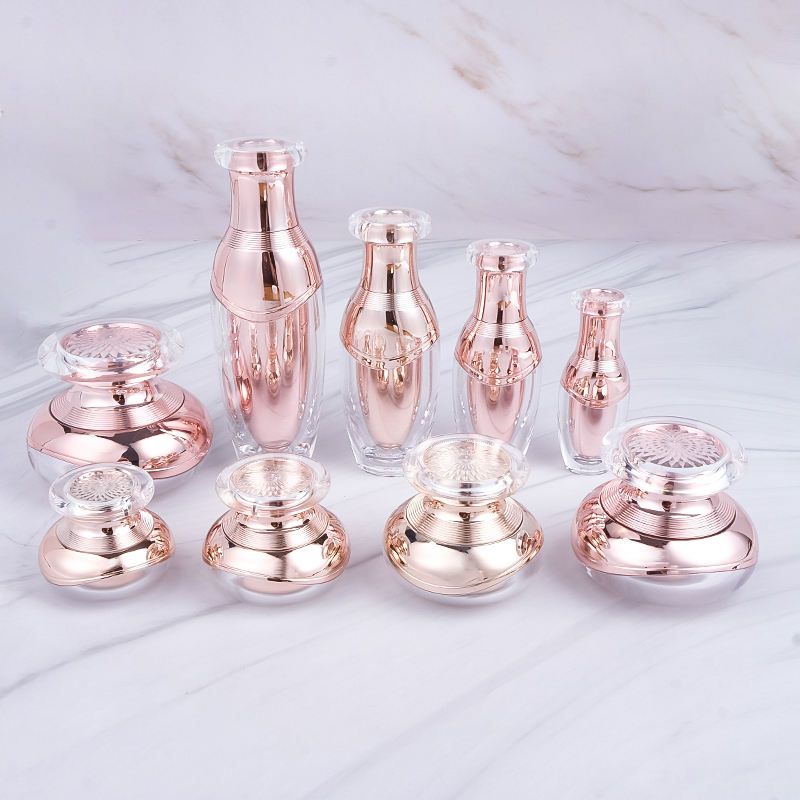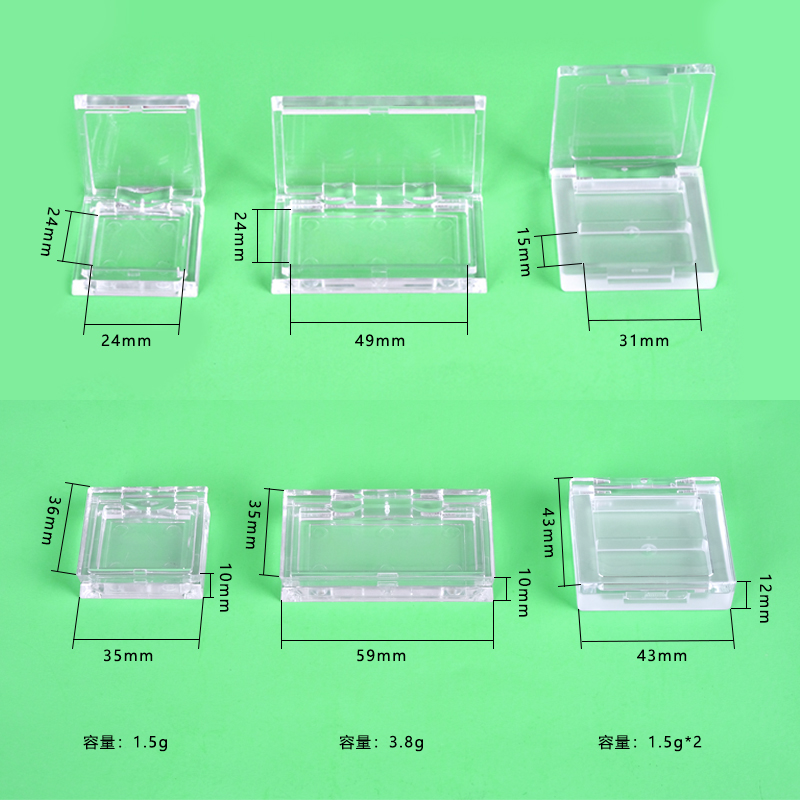Recycling is at the center of the debate in the fight against plastic pollution. The United Nations is looking at how to get the world to recycle as part of the strategic objectives of the treaty against plastic pollution; those goals are being negotiated this week in Paris. Environmental groups are warning of the problems of giving polymers new life without reducing the production of this material, which is spreading unchecked around the planet. Environmentalists are also denouncing the fact that Europe is poised to relax the requirements for considering plastic containers made with recycled material to be green.
Paris is hosting a United Nations meeting that began on Monday and will continue until next Thursday. The gathering is expected to draft the text for a legally binding global treaty against plastic pollution. Among other objectives, the United Nations Environment Program (UNEP) seeks to lessen the use of virgin plastic through reuse and recycling, as well as to reduce the health risks posed by over 13,000 chemical products that contain these polymers. The document to be presented at the meeting in the French capital must still be discussed at future meetings before it can be adopted in 2024. Serum Airless Bottle

As this global treaty is being negotiated, a coalition of environmental organizations—including Ecologists in Action, Environmental Coalition on Standards (ECOS), Transport & Environment and World Wildlife Fund (WWF)—decries the fact that containers like plastic bottles manufactured with 65% recycled material will be considered green under the European environmental taxonomy. After the controversy over including natural gas and nuclear energy on the list of sustainable investments in Europe (provided they meet a series of requirements), this coalition of environmentalists believes that relaxing the plastic requirements once again facilitates the greenwashing of the industry. “Labeling the production of single-use plastic packaging as sustainable would be making the same error [as before],” comments Sara Bourehiyi, a spokesperson for Ecologists in Action. “The taxonomy emerged as an official tool based on scientific criteria and [once] again we are seeing that this is not the case. Only through science can we avoid exceeding 1.5°C [34.7°F],” she warns.
Initially, the proposed green taxonomy required plastic packaging to be made from a minimum of 85% recycled material; under the new requirements, that percentage would be reduced to 65% for plastic packaging in general. Plastic companies back this change. For instance, Plastics Europe in Spain, which represents producers of this material claims that “manufacturing with 85% recycled plastic was not feasible from a technical perspective, considering the current levels of plastic waste collection and sorting in EU Member States.”
Greenpeace’s director of biodiversity, Celia Ojeda, rejects the notion that a plastic container can ever be considered green but adds that recycling itself is problematic because it diverts attention from the serious pollution caused by these polymers around the world. “This material has reached its limit. We produce more plastic than we can manage; less than 9% is recycled worldwide... In the end, it’s all trickery to avoid really reducing the production [of plastic]. Only having alternatives that are based on plastic makes no sense because we will have the same problem when we finish using it.”
In this week’s plastic pollution treaty negotiations in Paris, recycling is not just part of the solution but also part of the problem. In mid-May, UNEP presented a report that developed a series of measures to reduce global plastic pollution by up to 80% by 2040. The document, intended as a guide, is based on the premise that the current recycling system is not working because it is still cheaper to produce virgin plastic than to recycle existing plastic. To achieve greater reuse, the report proposes imposing a tax on the use of virgin plastic. UNEP also advocates using refillable bottles, bulk dispensers and deposit and return systems.
In this case, criticism of recycling comes from the perspective of health. UNEP had already warned about “the more than 13,000 chemicals contained in plastics, of which more than 3,200 are known to be hazardous to human health.” Surprisingly, however, a Greenpeace USA report released last week also criticized recycling. “Plastic toxicity actually increases with recycling. Plastics have no place in a circular economy, and it is clear that the only real solution for ending this pollution is to massively reduce the production [of plastic],” said Graham Forbes, the director of Greenpeace USA’s global plastics campaign.
In the Greenpeace report, International Pollutant Elimination Network (IPEN) science advisor Therese Karlsson warns that “plastics are made with toxic chemicals, and they do not simply disappear when they are recycled. Science shows clearly that recycling them is a toxic endeavor that poses a threat to our health and the environment throughout the entire process.”
Epidemiologist Miquel Porta, a researcher at the Hospital del Mar Medical Research Institute and professor of public health at the Autonomous University of Barcelona (Spain), says that polymers can contain toxic molecules, such as phthalates and phenols, which enter the human body through fast-food packaging, tin cans or cups. These containers are coated with bisphenol A, a chemical that has been shown to increase the risk of type 2 diabetes.
The researcher also warns that bottled water, if it sits in a container long enough, can harbor phenols. Although the risk of refilling the bottle is rarely similar to when it is purchased, he notes, going from the factory to a person’s mouth is different from remaining in storage or in trucks at high temperatures; the latter could increase the risk of toxic substances being released. And he adds: “A bottle [made] of this material will always, sooner or later, release residue, and they have microplastics even when they come directly from the factory.”
Sign up for our weekly newsletter to get more English-language news coverage from EL PAÍS USA Edition

Serum Acrylic Bottle Subscribe and read without limits